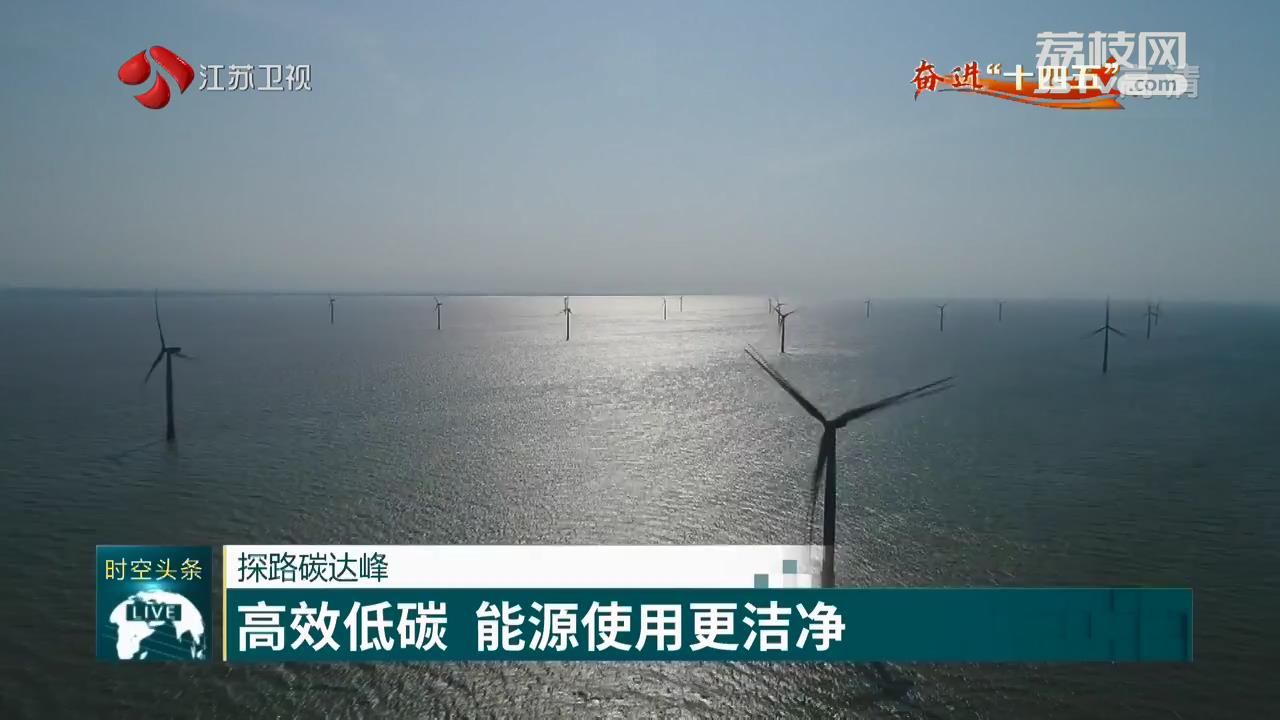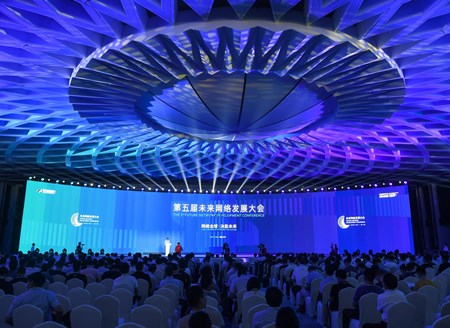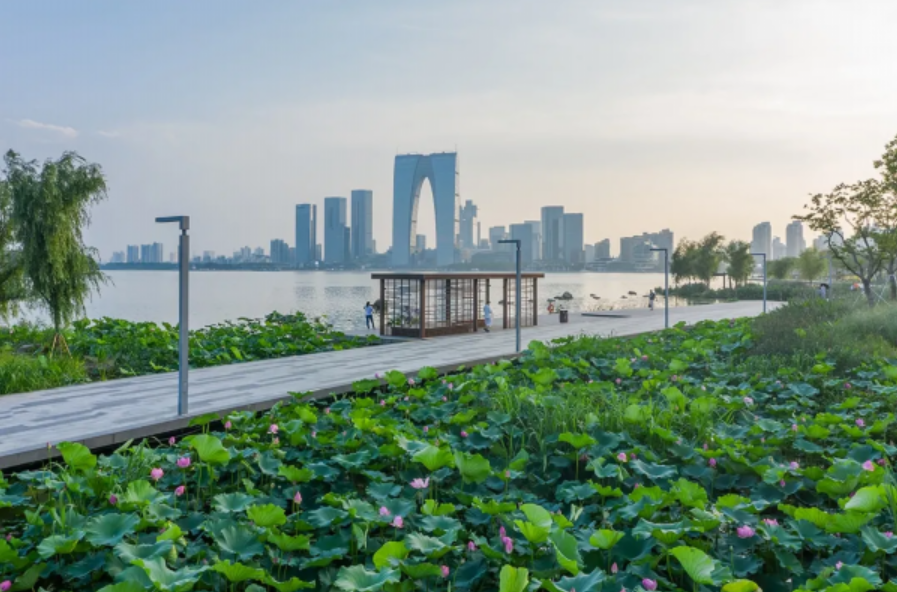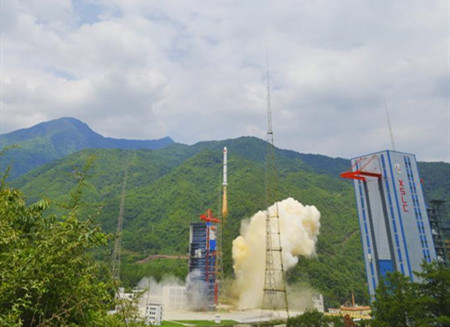China's declared twin pursuits of peak carbon emissions by 2030 and carbon neutrality by 2060 show the nation's resolve and commitment to tackle climate change.
Huamei Thermal Power Company of Xuzhou Mining Group Co., Ltd. has upgraded its technology to keep coal-fired generating units operating at a lower power level and ensure that major pollutants such as sulfur dioxide, nitrogen monoxide, and dust are emitted at a level far below the national standards.
Huamei is not alone. Many coal-fired power generation companies in Jiangsu have been making flexible transformation on the regulation and control capabilities of generating units to ensure the efficient and clean use of fossil energy and provide sufficient space for the consumption of new energy power.
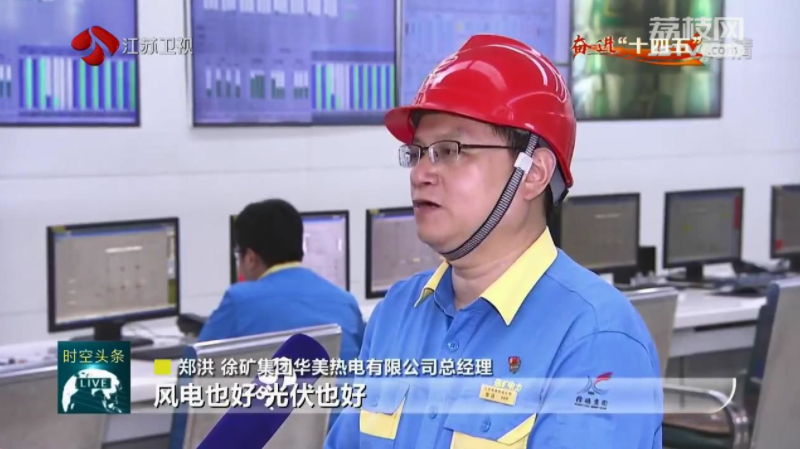
Zheng Hong, CEO, Huamei Thermal Power Company of Xuzhou Mining Group Co., Ltd.
"Regardless of whether it is wind power or photovoltaic power generation, new energies have no room for adjustment. Therefore all thermal power companies are carrying out flexible transformation on the generating units. At present, our capacity has reached between 35% and 100%. In the next step,we will promote the peak adjustment capacity to the range between 20% and 100% while also increase the amount of new energy access."said by Zheng Hong.
Xuzhou Mining Group Co., Ltd. is also optimizing the structure of energy supply by steadily advancing new energycooperation with wind power and photovoltaic power generation companies in Inner Mongolia, Shanxi, Qinghai, and Xinjiang to go all out to increase the new energy power supply to Jiangsu.
Liu Peijun, Deputy Chief Economist of Xu Mining Group, Secretary of the Party Committee and Chairman of Jiangsu Xu Mining Thermal Power Company,was quoted as saying that by the end of the "14th Five-Year Plan", the installed capacity of new energy generating units in Jiangsu will be increased to 3 million to 5 million kilowatt-hours, which is expected to reduce carbon dioxide emissions by about 5 million tons.
The grid-connection of major new energy projects are increasing Jiangsu's confidence to take the lead in achieving the carbon peak goal.
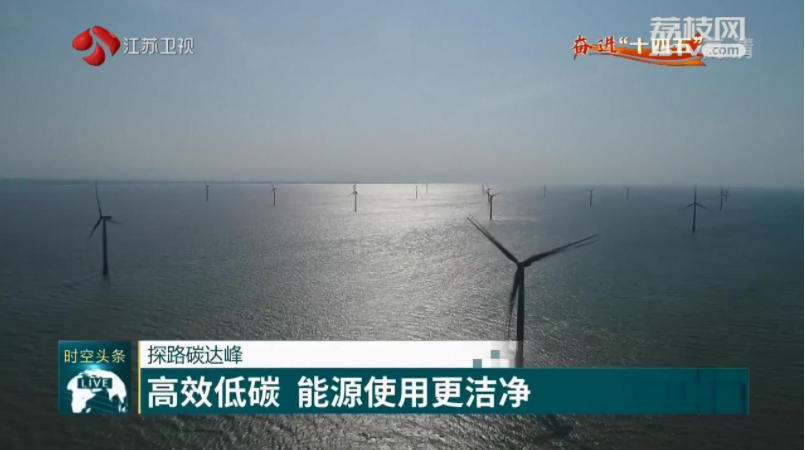
The grid-connected power generation of the SheyangLongyuan H2 offshore wind power project has made Yancheng the first city in the Yangtze River Delta with a new energy generation capacity of 10 million megawatts, contributing 50% to the city's electricity use.
In Nantong, SPIC’s 800 MW Rudong Offshore Wind Power Project succeeded in delivering power to the onshore centralized control center for the first time. Upon its operation, the largest offshore wind power project in China is expected to reduce carbon dioxide emissions by 1.65 million tons.
Lianyungang started the construction of Units 7 and 8 of Tianwan Nuclear Power Plant with a unit capacity of 1.265 million kilowatts to make the nuclear power plant the world's largest nuclear power base.
According to Cheng Jinmin, an engineer from the Development Planning Department of the State Grid Jiangsu Branch, as of the end of April, Jiangsu's new energy installed capacity reached 35.89 million kilowatts, accounting for 24.9% of the province's total installed capacity.
By deepening the construction of the new energy big data platform, Jiangsu will prioritize the generation of wind power and photovoltaic power into the province's power generation plan, promote the planning and construction of the energy Internet, and fully guarantee the province's new energy generation and supply.
During the "14th Five-Year Plan" period, Jiangsu will build a national offshore wind power base of tens of millions of kilowatts in a bid to comprehensively increase the proportion of non-fossil energy in primary energy consumption, completely eliminate outdated coal-fired power generation units, and force the adjustment of the industrial structure through the adjustment of the energy structure.

Xiao Rui, Chairman of Jiangsu Energy Research Association/ Dean of School of Energy and Environment, Southeast University
"The correlation between economic growth and energy growth in Jiangsu has weakened in recent years,which is a precursor to carbon peaks.To control the expansion of high-energy-consuming industries, it is necessary to gradually replace traditional coal-fired power with new energy and rely on industrial upgrading to reduce energy consumption."Xiao Rui said.
At the general debate of the 75th session of the United Nations General Assembly in September last year, China announced that it would aim to achieve peak CO2 emissions before 2030 and carbon neutrality before 2060.
This is a major strategic decision made by the Communist Party of China to achieve sustainable development for the Chinese nation and build a community of a shared future for mankind. It demonstrates China's determination in pursuing green and low-carbon development and its responsibility as a major country to actively tackle climate change and safeguard a bright future for humanity.
The goals for peak CO2 emissions and carbon neutrality constitute a strategic choice for the sake of humanity's future as well as for realizing the Chinese Dream of national rejuvenation.
As important tasks in building a beautiful China, requisites for meeting the people's new expectations for a better life, and powerful tools for promoting high-quality development and realizing economic and social transformation, reaching peak CO2 emissions and carbon neutrality are closely related to China's development goals.
Those goals include growth driven by innovation, optimization of industrial structures, and the fostering of a new development paradigm.
With these targets in mind, China is working to create a comprehensive macro-system to help build itself into a modern socialist country alongside the historic task of ecological conservation.
Peaking CO2 emissions and reaching carbon neutrality will require extensive and profound systematic changes both economically and socially. The key is to follow a new development philosophy and adopt systematic thinking, take the overall green renewal of the economic and social development as the guide and green low-carbon energy development as the focus, and speed up the development of industrial structures, ways of work and life, and spatial layouts that help conserve resources and protect the environment.
